10 Top Tips for Walking the Camino Francés
In 2025
Planning to walk the Camino Francés in 2025? Here are my top 10 tips to help you on your journey. Hopefully, they will help, and if you’ve got any other tips, please drop them in the comments—I’d love to hear them. 😊
So let’s get started.

1. Plan Your Walk
Okay, if you’re doing any long-distance hike, the Camino Francés is probably the one that requires the least planning. You can literally just show up in St. Jean Pied de Port and start following the yellow arrows—no map required. You’ll easily find places to stay along the way and meet loads of people who are more than willing to share their experiences with you.
There’s no need to bring anything specific either, as you’ll pass through a city or big town every few days or so with everything you’d ever need for your hike. So, should you plan at all? Absolutely.
First, planning your Camino is fun. For most people, this is one of the most epic adventures they’ll ever have, and researching the history, the routes, and the sights makes it even more exciting—you might even get hooked! As you are reading this post, you may already be hooked on researching the Camino.
Also connecting in Facebook groups and Camino forums, reading books, and listening to podcasts really builds anticipation. You’ll learn a lot, share experiences, become part of a community and make friends before you even arrive in Spain.
Secondly, planning helps ensure you don’t miss out. Sure, you’ll find your rhythm, but if you haven’t done a little research, you might walk right past a hidden gem of an albergue, a stunning alternative path, or a historic site that could’ve been a highlight of your Camino.
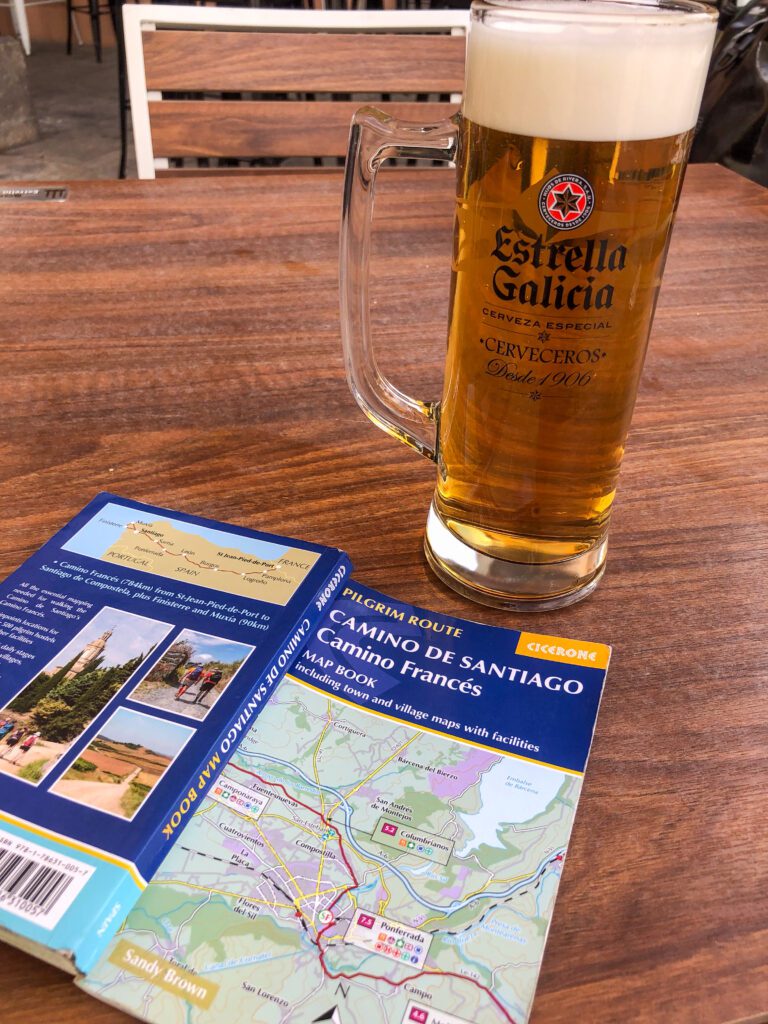
2. Go with the Flow
So now that you have done all that planning if I were you, I would just go with the flow when you get there.
They say everyone should “walk their own Camino”, so I don’t want to sound preachy, but if it’s me, I would advise that you Don’t decide on every single stage and book every night’s accommodation before you go (It’s amazing how many people do).
Maybe if you’re walking for only a week, perhaps from Sarria to Santiago, to get a taste of the Camino or because you are on a tight schedule, then maybe decide your stages and book your accommodations ahead of time, but otherwise, just go with the flow.
We live in a world of deadlines and timetables and places that we have got to be. The Camino is all about getting away from all of that and feeling some freedom and spontaneity again.
Maybe you walk through a village that just feels right, and you want to stay. Maybe you’re enjoying a great conversation that could easily continue through dinner and a couple of glasses of wine, but you can’t because you have pre-booked a room in the next town, or maybe you get injured and need to rest for a day or two.
If you book everything in advance, you will feel restricted by a rigid schedule —the exact opposite of what the Camino is all about. It can also feel a bit isolating as fellow pilgrims bond into vagabond trail families, embracing the freedom of crossing Spain as you head off alone to your pre-booked room each night.
Many people also pre-book their rooms because they fear the mythical bed race—yes, some places fill up in the busy months, but in all of my Caminos, there has never been a time when I couldn’t find somewhere to stay. Sometimes, it might not be your first choice, and you might need to scout around a bit, but you will always find somewhere to stay; it’s all part of the adventure.
But if you really need the comfort of knowing where you are going to stay every night and want to book ahead, here is what I would do:
1. Maybe book your first couple of nights, so you have somehwere guaranteed until you get into the flow of things, also its a good idea to book your last night in Santiago as it can get busy.
2. Next if there are any particular Albergues that you really want to stay at like Orrison, book these ahead of time and build your schedule around them. (Remember albergues like Orisson may need to be booked a few months in advance)
3. Finally, I would then use booking.com to book a night or two ahead as you go. The Wise Pilgrim app and booking.com work seamlessly together.
Also, remember, if you want to stay at the parochial, donativo or municipal albergues (my personal faves), they don’t take bookings anyway, so booking ahead isn’t even an option.
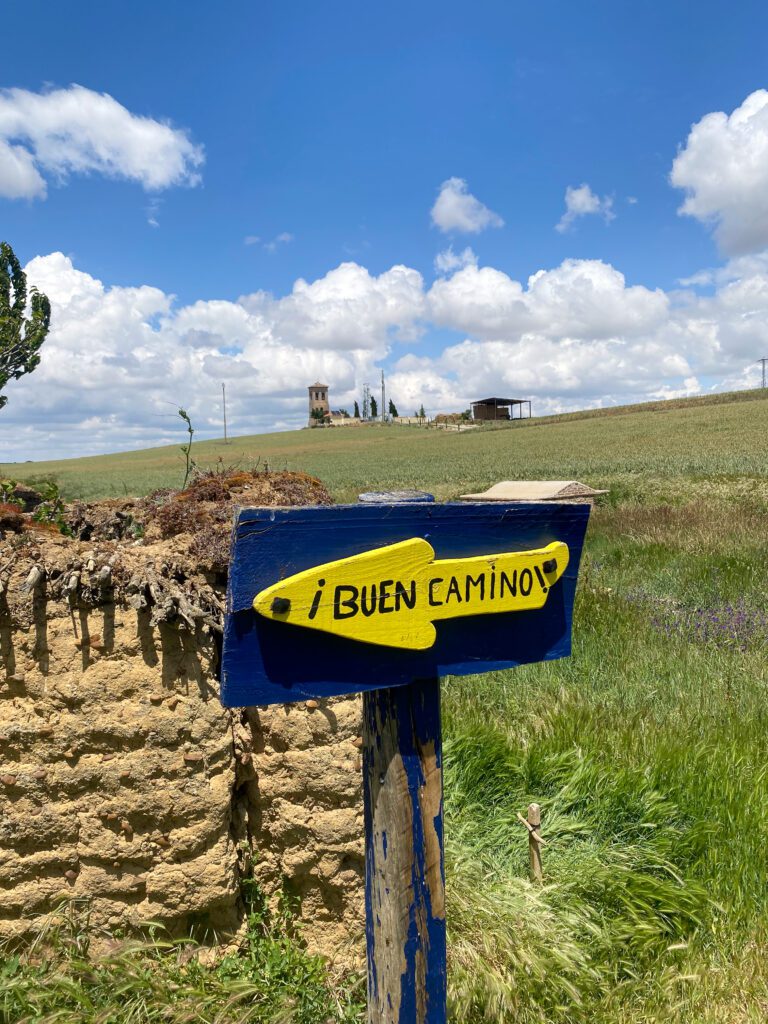
3. Stay in Municipal and Donativo Albergues
This is where the real magic of the Camino happens! Staying in these albergues—many of them in old churches and monasteries—really connects you to the true spirit of the Camino. No luxuries and sometimes no WiFi or even electricity, just shared meals with new friends, deep conversations, and the occasional spontaneous Fiesta. Here’s a list of 10 of my favourites.
Some people opt for hotels, and I get it, but I think it can make you feel like you’ve stepped back into the “normal world” at the end of every day, as you say goodbye to the Camino for the night and maybe watch TV alone in your private room.
While in the municipal or donativo albergues, you stay fully immersed in the Camino experience. You’ll meet amazing people, maybe share an incredible Italian or Korean meal whipped up by a fellow pilgrim, and perhaps even find yourself at an impromptu fiesta with a French mandolin or an Irish fiddle player!
For me, the municipal and donativo albergues are the true essence of the Camino. We spend our lives in hotels—so why not take a risk? Share a room with a dozen other pilgrims, sleep in a top bunk, and be a kid again.
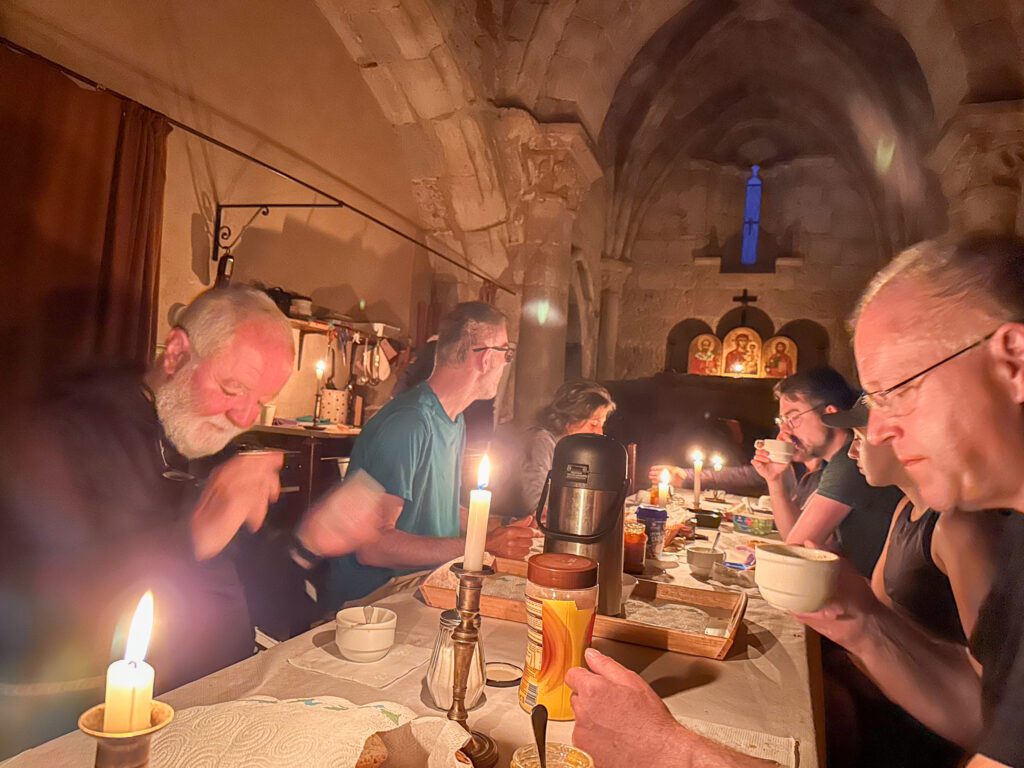
4. Don’t Just Stick to the Standard Stages
Guidebooks often divide the Camino into predefined stages, connecting two towns, usually around 20-25 km apart. It’s an easy and convenient way to break up the route, and while most guides only suggest these stages rather than dictate them, most people follow the advice and stay in these towns, which can become bottlenecks.
But don’t feel like you have to follow these stages—remember, they’re just recommendations. Who says you need to walk from here to here and then from there to there? It’s your Camino, so stay in whatever village or town catches your fancy.
By walking a slightly longer or shorter day every so often, you can break away from the usual itinerary of stages, avoid the crowds in these towns, and discover smaller, quieter villages that offer a more peaceful experience.
Plus, when you step away from the standard stages,, you’ll avoid the crowds since most people are either setting out 10 km ahead or behind every morning and stay that way throughout the day. You might even find yourself with long stretches of the Camino all to yourself.
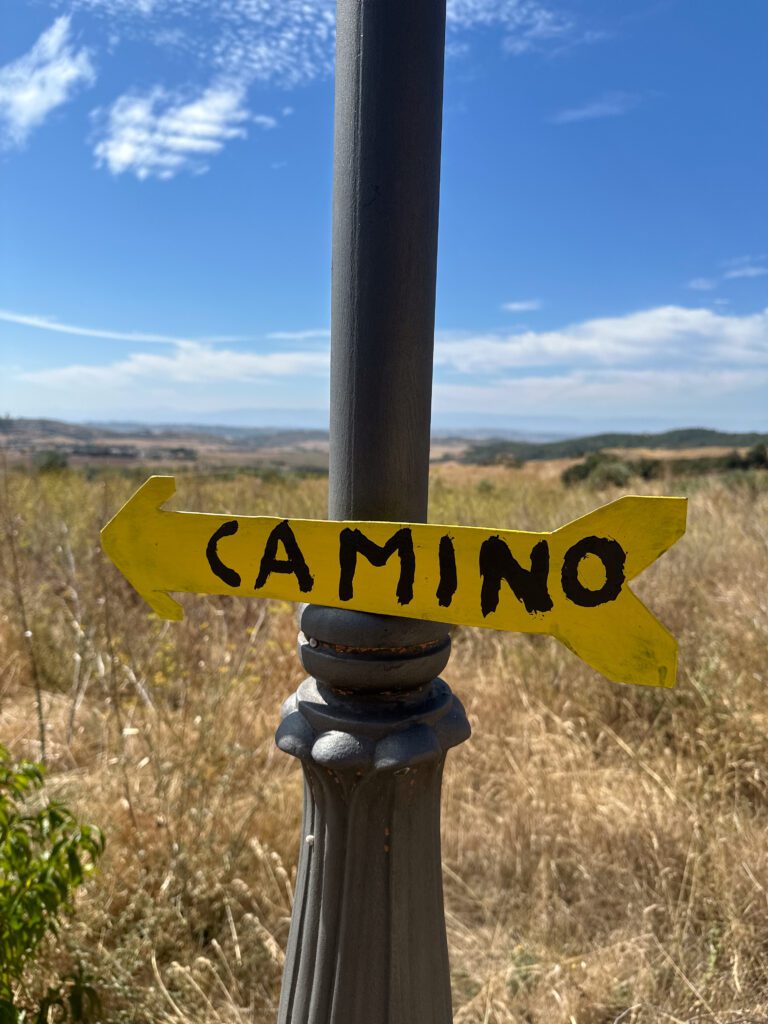
5. Seek Out Alternative Paths
The Camino is full of alternative routes—little diversions from the main path that run alongside it, often designed to take you away from monotonous roads or busy industrial areas and lead you through more scenic, peaceful landscapes. My advice? Always take them. Even if they add a couple of extra kilometers to your day, they’re absolutely worth it.
Some of my favourites include the river walk from Fromista to Carrion de los Condes on the Meseta, the Roman road after Sahagún, the scenic detour around Burgos airport, Triacastela to Sarria via Samos and the Dragonte Route for those who really want an adventure.
And honestly, you can even even make your own alternative routes. Your goal is to get to Santiago, but no one says you have to follow the yellow arrows the entire way. Last October, I veered off the main Camino just after Samos, set off on my own path, and connected to the Camino Invierno for the last few days—it was absolutely incredible. Check it out here.
So keep an eye out for those alternative routes, big or small. They can turn an ordinary day into something unforgettable and always totally worth the extra effort!
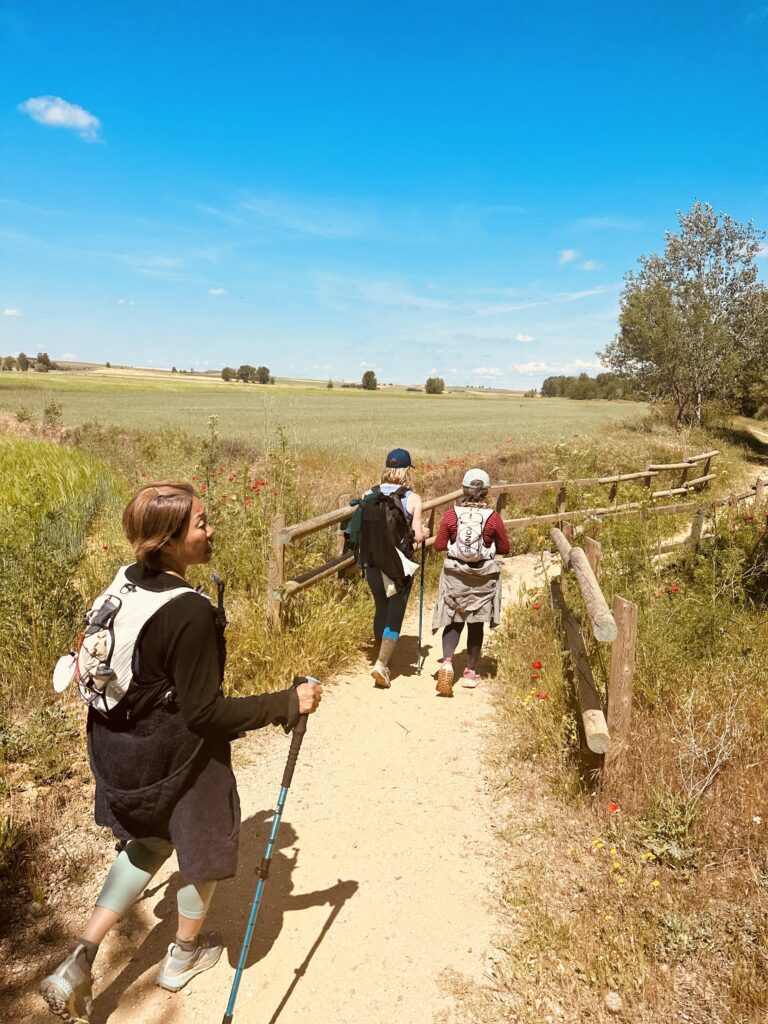
6. Think About When You Walk
Think about the time of year, the time of month, the time of the week, and even the time of day. The Camino can get busy, and sometimes it’s nice to have a quieter experience.
The quietest months on the Camino are from November to February. You will have the Camino virually all to yourself, but the weather will be cold and wet. From March to April and in October, there will be a lot more walkers, but it’s still not overwhelming, and the temperatures are comfortable. May and September are the busiest months, with perfect walking conditions. I personally love walking in mid-summer when the days are long and hot.
Next, think about when people tend to start their walk. This is just anecdotal, but I have heard that many people take a calendar month off to walk, which means that at the beginning of the month, the popular starting points are busier. This wave moves through the Camino, so starting in the middle of the month can help you avoid those waves. The same goes for the days of the week to start. Most people finish work on a Friday and set off that weekend, meaning the Camino starting points can be crowded on Saturday, Sunday and Monday. If you prefer a calmer start, begin your walk midweek instead.
Finally think about the time of day. Most pilgrims set off early in the morning, moving together in a steady wave. If you prefer a more peaceful experience, consider walking later in the afternoon. There’s something magical about having the trail almost to yourself, just you and the butterflies in the golden light of the late afternoon.
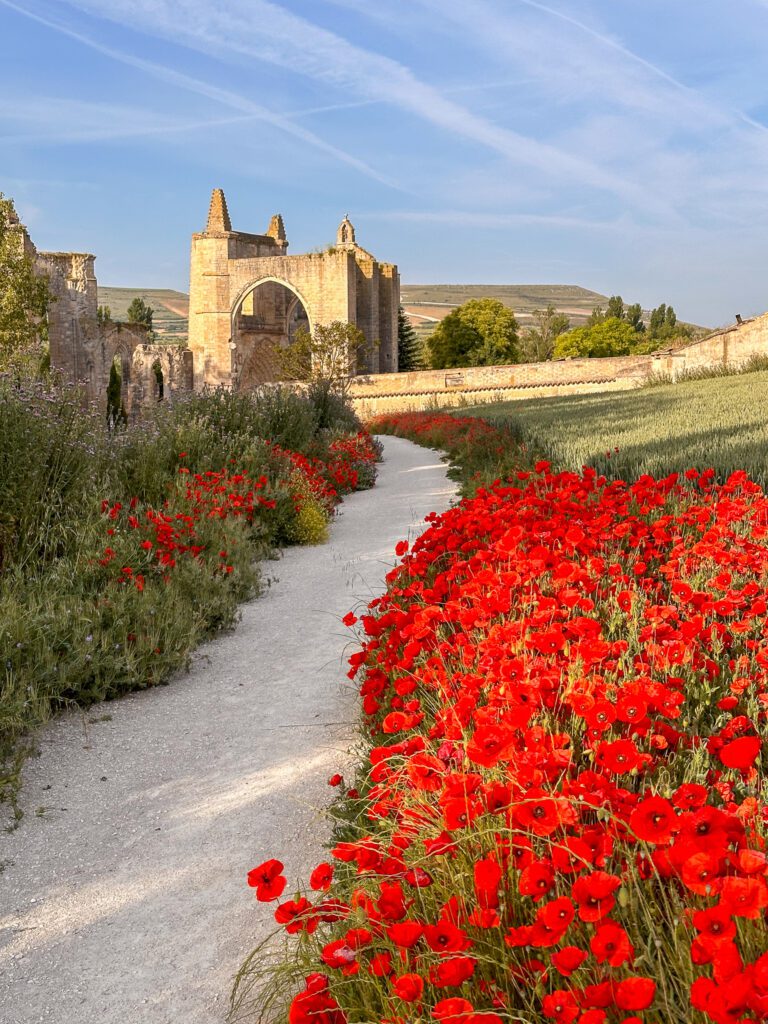
7. Take Time to Appreciate the Camino
It’s easy to get caught up in the destination, but the journey is what really matters. You might find yourself power-walking from village to village, focused on how many miles you’ve covered and whether your accommodation is sorted. Maybe even getting up at the crack of dawn just to be the first to arrive. But slow down, you move too fast.
Walk in the hot afternoon among the butterflies. Take time to soak in the landscapes, visit the little churches, and light a candle inside. Take the alternative paths, even if they add a few extra miles. Taste the local cuisine, enjoy long lunches, try the local cheeses, and sneak a few grapes from the vineyards you pass. Learn the local history, take siestas, wander into a quirky museums, and take time to journal everything.
This isn’t a race. This is slow travel at its finest.
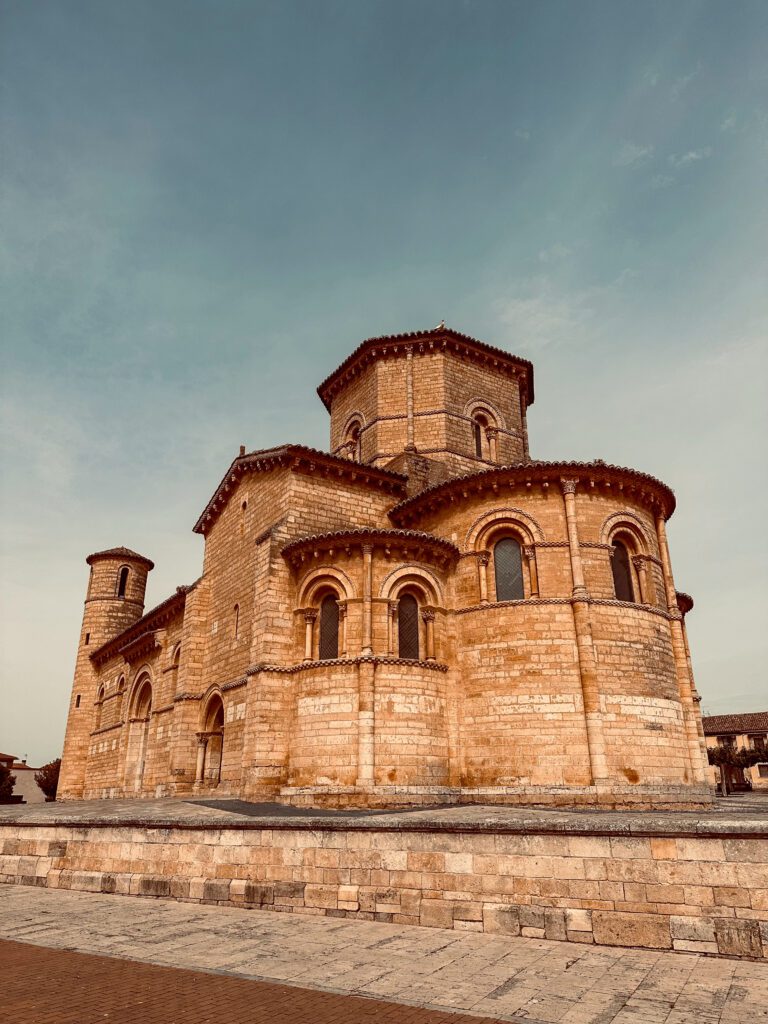
8. Don’t Be Afraid to Walk Alone
Don’t be afraid to walk alone—the Camino is often best experienced that way. When you walk with a friend from home, you might just end up having the same conversations you always do, staying in a little bubble with one foot still back home.
First off, the Camino is incredibly safe. People really look out for each other, and there’s a strong sense of community. Plus, when you’re on your own, you’re much more open to meeting new people and having unexpected, meaningful conversations.
If you’re walking with friends, that’s great too! Just make sure to give yourselves a little space now and then
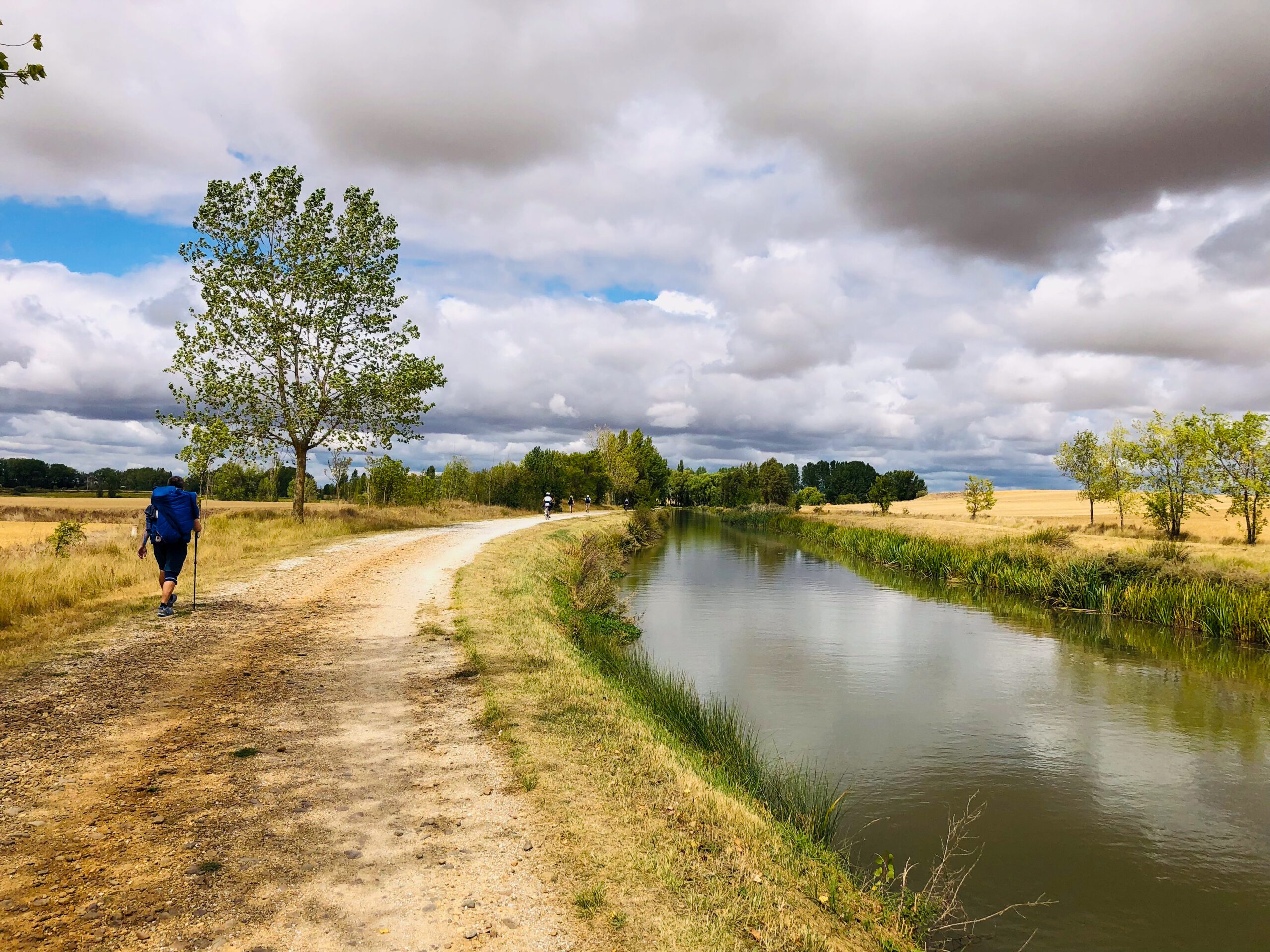
9. Pack Light
Okay, I know this is the most obvious advice ever, but somehow, we all still manage to overpack. When you’re getting ready for your Camino, you’ll probably wander into an outdoor store and suddenly feel like you need everything—headlamps, survival blankets, compasses, and boots that look like they’re made for summiting Everest, with inbuilt GPS tracking. (😂).
But here’s the thing: you have to carry all of that across Spain, and trust me, you’ll regret every extra ounce. You will just end up leaving all this new gear behind at albergues as you try to lighten your load.
So, here are my top tips for packing light:
Use a small backpack – Max 30L. If you don’t have space, you can’t overpack!
Keep your pack under 10% of your body weight – Less weight = happier feet.
Don’t bring things “just in case” – You can buy anything you need along the way.
Ditch the heavy boots – Light trail runners or comfy walking shoes are way better. Less weight on your feet = fewer blisters.
Your back (and your feet) will thank you! 😊

10. Finish in Muxía
If you can, finishing your Camino in Muxía is absolutely incredible. Sitting on the rocks in front of the church, watching the waves crash against the shore as you look out onto the wild Atlantic—it’s one of the most spiritual places in the world. A perfect way to soak it all in.
Santiago is amazing, of course, but with so many people arriving from different routes—some just walking the last 100km—it can feel a little underwhelming. It might not have that same special, reflective vibe. But Muxía does.
Even if you don’t have time to walk there from Santiago (which takes 3-4 days), you can take a bus to Finisterre and then walk to Muxía the next day. It’s the perfect ending to your epic journey.
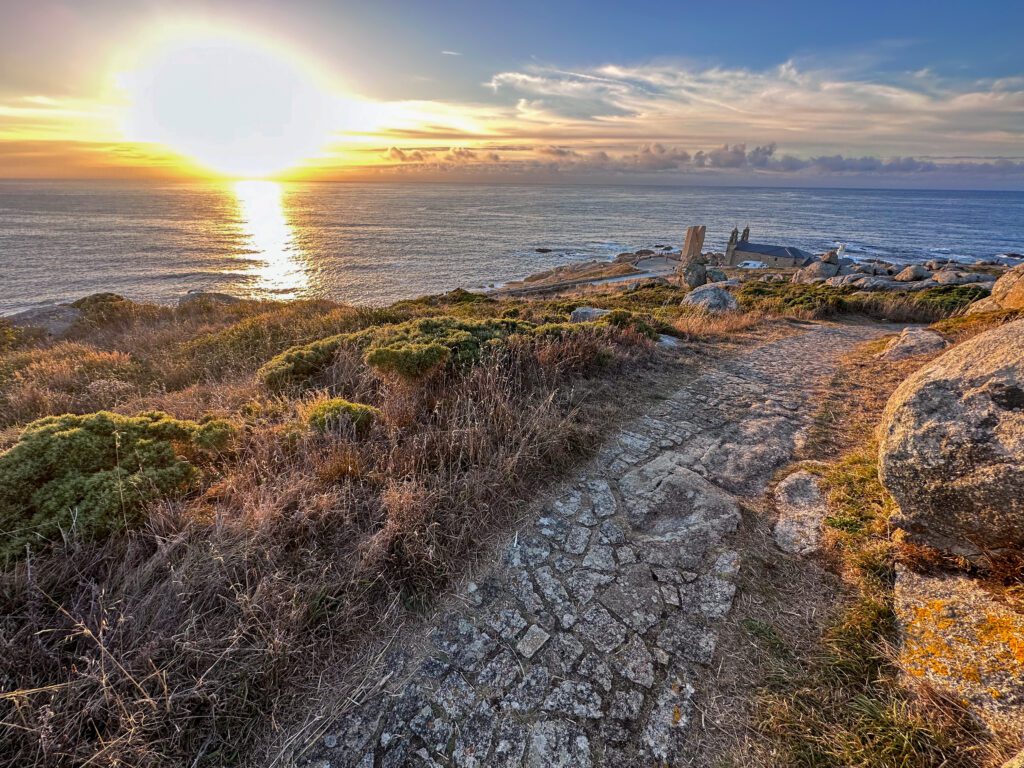


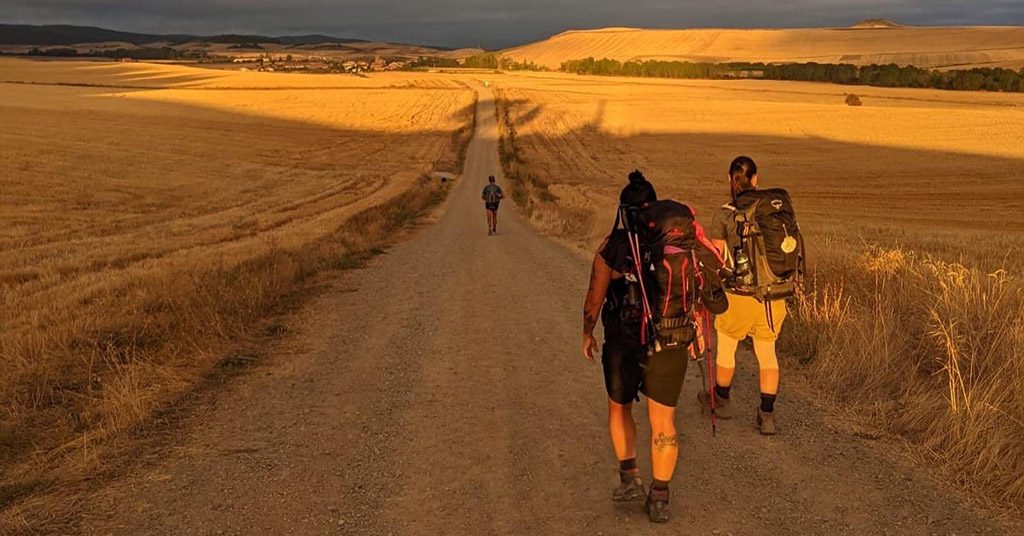
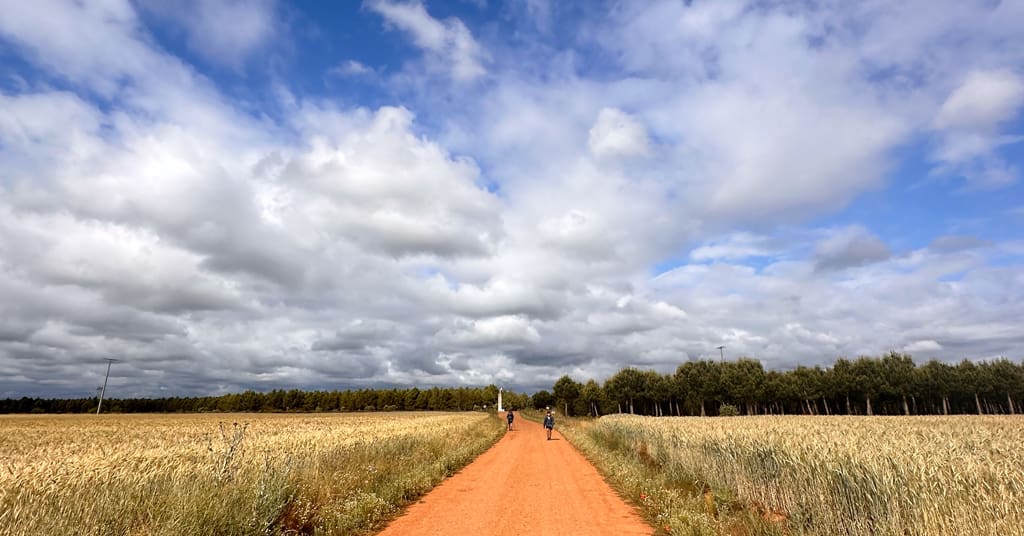
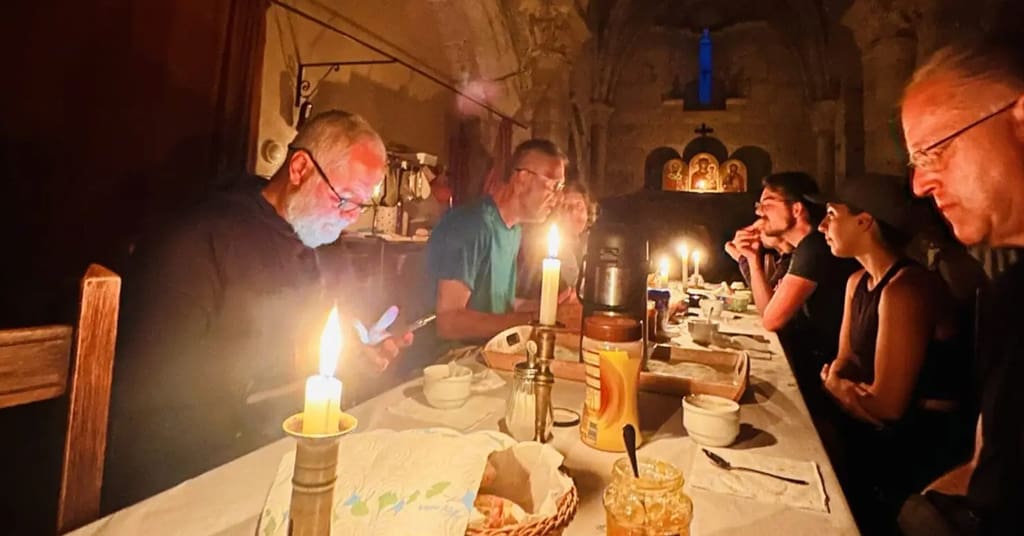
Hi Gerard, love these 10 Camino tips, that also give scope for our differences. I gotta work on getting off the beaten track a little more. Go Wallabies! Cheers Mark
Fabulous site & good tips. Thanks for sharing